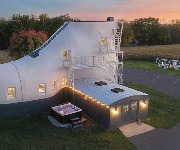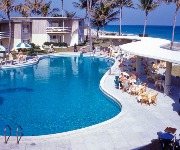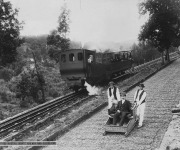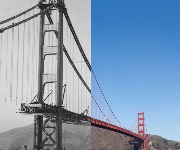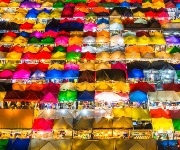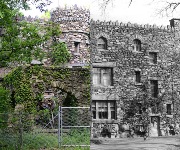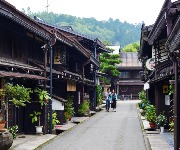6 things to do in Brussels
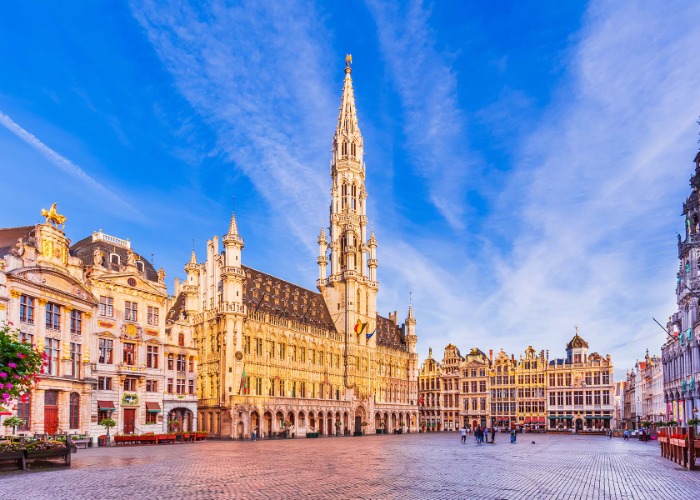
Europe’s unofficial capital, Brussels is a mere hop, skip and jump from our shores and there’s no denying this well-preserved medieval city has a lot going for it.
A series of towns within a city, Brussels is an ideal, though often overlooked, short break destination that is full to the brim with gabled houses, gothic cathedrals, museums and galleries.
What’s more, it also offers a more modern, lively side with fabulous restaurants, atmospheric bars, vivacious nightlife, an astonishing number of super-tempting chocolate shops and an inviting beer culture.
Want to know more? Opt for a free and hugely informative tour by contacting the Brussels Greeters. These local volunteers are delighted to show visitors the best their neighbourhood has to offer.
Here are six things to tick off your list before you come home again.
1. Visit a chaotic, sprawling street market
Aim to arrive here early – that’s the best time to rummage through the second-hand goods and satisfy your shopping itch at the Place du Jeu de Balle market in the Marolles neighbourhood. If your luck’s in, you may just stumble upon that perfect treasure.
Bargaining is key at this daily open-air market said to date back to at least 1873 when it was known as the Oude Merct or ‘old market’. People come from near and far to haggle their way to a bargain while soaking up the buzzing atmosphere.
Rummage long enough and you could (if you’re luck’s in) discover anything from Chanel handbags to Jimmy Choo heels hidden beneath piles of old books, antiques toys, mechanical goods and kitchenware. When peckishness sets in, pause for a snack at one of the many stalls selling hot dogs, sandwiches, waffles and ice cream.
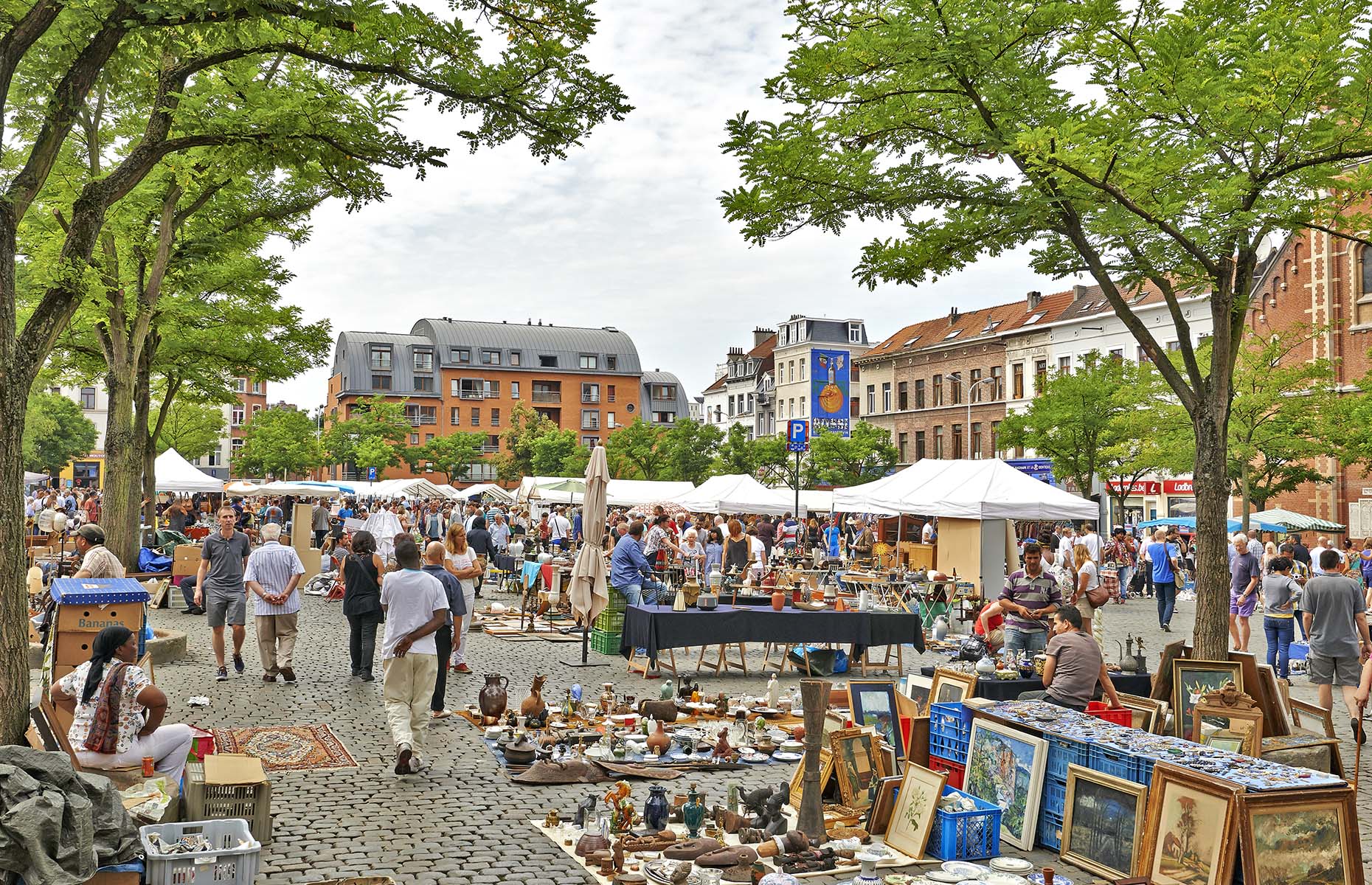 CapturePB/Shutterstock
CapturePB/Shutterstock
READ MORE: Plan a longer break to Brussels with our city guide
2. Hit the high notes
The Musical Instruments Museum is housed in a handsome Art Nouveau building which, in a former life, was the Old England department store. Practically every instrument under the sun is on show here – in fact, the museum houses an incredible collection of around 7,000 instruments and rather than just read about them, you can hear what they sound like too. At the start of your visit, pick up a set of headphones – they are included in the ticket price and music is wirelessly transmitted when you stand on designated areas.
Some of the more unusual items displayed in this music lover’s dream is a trombone with seven bells, a barrel organ called ‘The Dentist’ – which in days of old was played to soothe patients’ nerves when dentists performed their services on the streets – and a toha, sometimes called a ‘totem harp’ which can be played by two musicians at once.
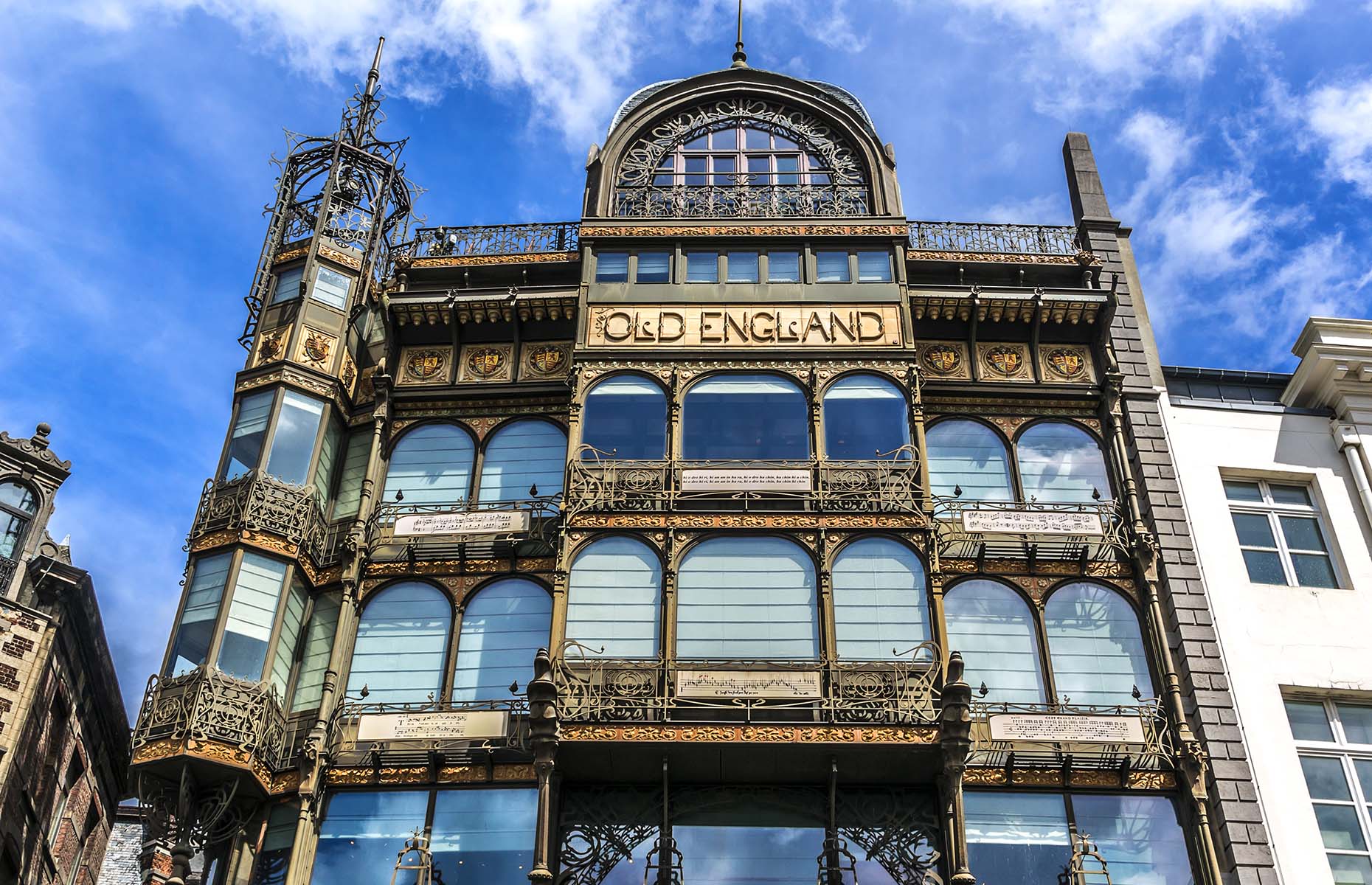 Kiev.Victor/Shutterstock
Kiev.Victor/Shutterstock
3. Stay on track with a visit to Train World
If trains capture your imagination, then a visit to Train World should be on your agenda. You’ll find this museum, a protected building, located in the renovated 1887 Schaerbeek station about three miles (4.8km) north of the Grand Place.
The museum, which only opened in 2015, has its own ticket hall, railway bridge and station cottage for visitors to mosey round. Among the many exhibits is Belgium’s oldest steam locomotive, a clutch of 19th-century locomotives and a wagon decorated by surrealist painter Paul Delvaux. Swanky carriages show how Belgian monarchs Leopold II and Albert I travelled, while a wagon that was used to deport Jews during the Second World War is a sombre reminder of history's darkest days. Interactive exhibits are fun for all ages and there is a pleasant on-site restaurant to relax in.
If you’re really nuts about trains, consider spending a night in the nearby Train Hostel – decor throughout is train-themed, with authentic railway memorabilia. Guests can sleep in one of the railway carriages mounted on the building’s roof.
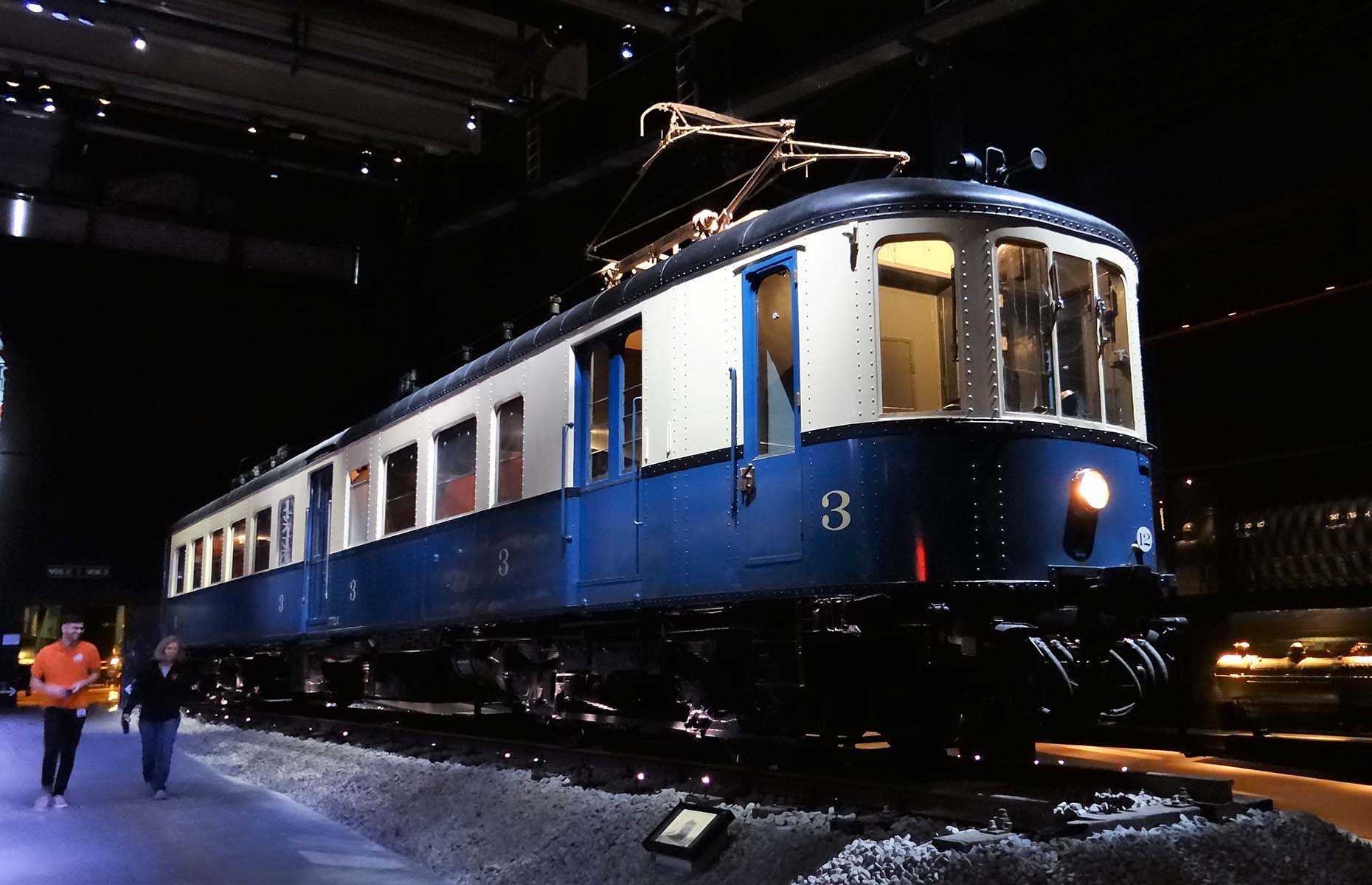 Bjorn Keith/Shutterstock
Bjorn Keith/Shutterstock
4. Be part of a chocolate lover’s dream
It stands to reason, Belgians are bound to know a thing or two about chocolate – after all they produce more than 220,000 tonnes of the stuff per annum. So how better to get your fix of the cocoa bean than by exploring the city on a chocolate-themed guided walking tour? During this tour not only will you learn all about the top chocolate brands, visit their shops and, of course, enjoy tastings, you'll also see and hear more about some of the city's highlights, including the Royal Galleries, Royal Palace and Saint Michael’s Cathedral.
A one-hour long workshop where you'll learn the best melting temperatures and how to determine a suitable percentage of cacao is also a part of the tour. Then it's time to decorate your creations. Sea salt? Chilli? Anything goes!
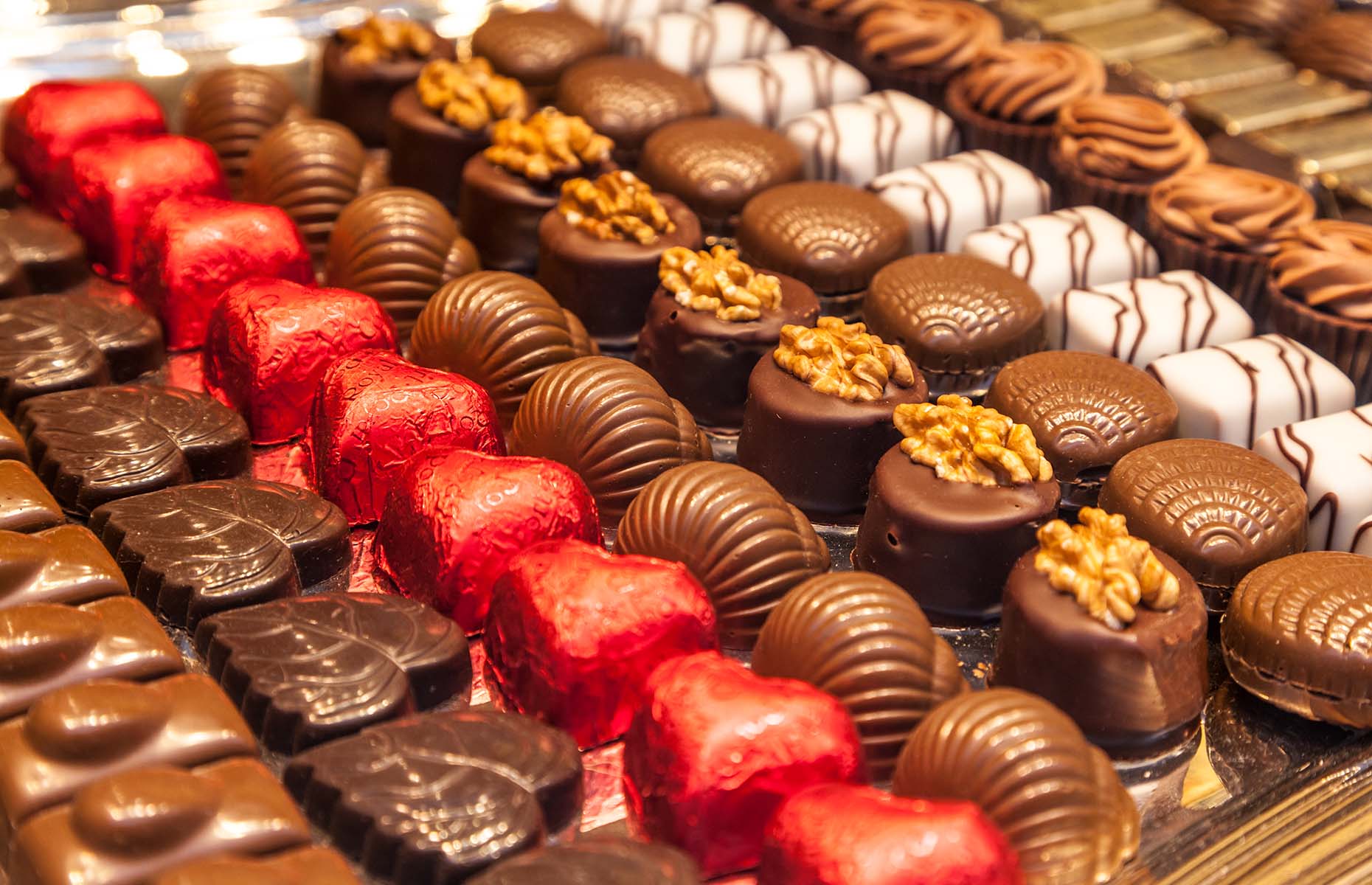 Philip Lange/Shutterstock
Philip Lange/Shutterstock
READ MORE: Tasting Swiss chocolate in Geneva
5. Go somewhere totally different
BE-HERE, a sustainable village in the heart of the Brussels canal zone, is a lively hub of social and circular economy businesses alongside a swathe of cultural and wellbeing projects. Relax with a craft beer in the glass-canopied, listed former industrial building, enjoy a healthy lunch from one of the food trucks or browse the bio market.
Events and activities take place at BE-HERE too and there are regular workshops for locals and visitors to attend, including gardening, cooking and jewellery making. You could also join a yoga session in the wellness centre, enjoy musical entertainment or make use of the kids’ corner too.
6. Eyes down for an interesting underground attraction
You’d never believe what goes on right under your feet. Coudenberg Palace, an active archaeological site, is where you can explore the cellars and passages of this one-time palace of Brussels which was home to powerful Emperor Charles V.
The main building’s cellars are the oldest part of the site – they lie underneath the main building, where the royal apartments used to be. There are forgotten streets here too, including Rue Isabelle, which lay buried beneath the city for centuries until excavation in the 1980s.
Free audio guides take you through the dig site while interactive programmes are designed to stimulate children’s interest, including an underground treasure hunt which comes with a flashlight, treasure map, period costume pieces and a puzzle for kids to solve.
READ MORE: What to do in Antwerp
Lead image: SCStock/Shutterstock
Most Recent
Comments
Be the first to comment
Do you want to comment on this article? You need to be signed in for this feature
